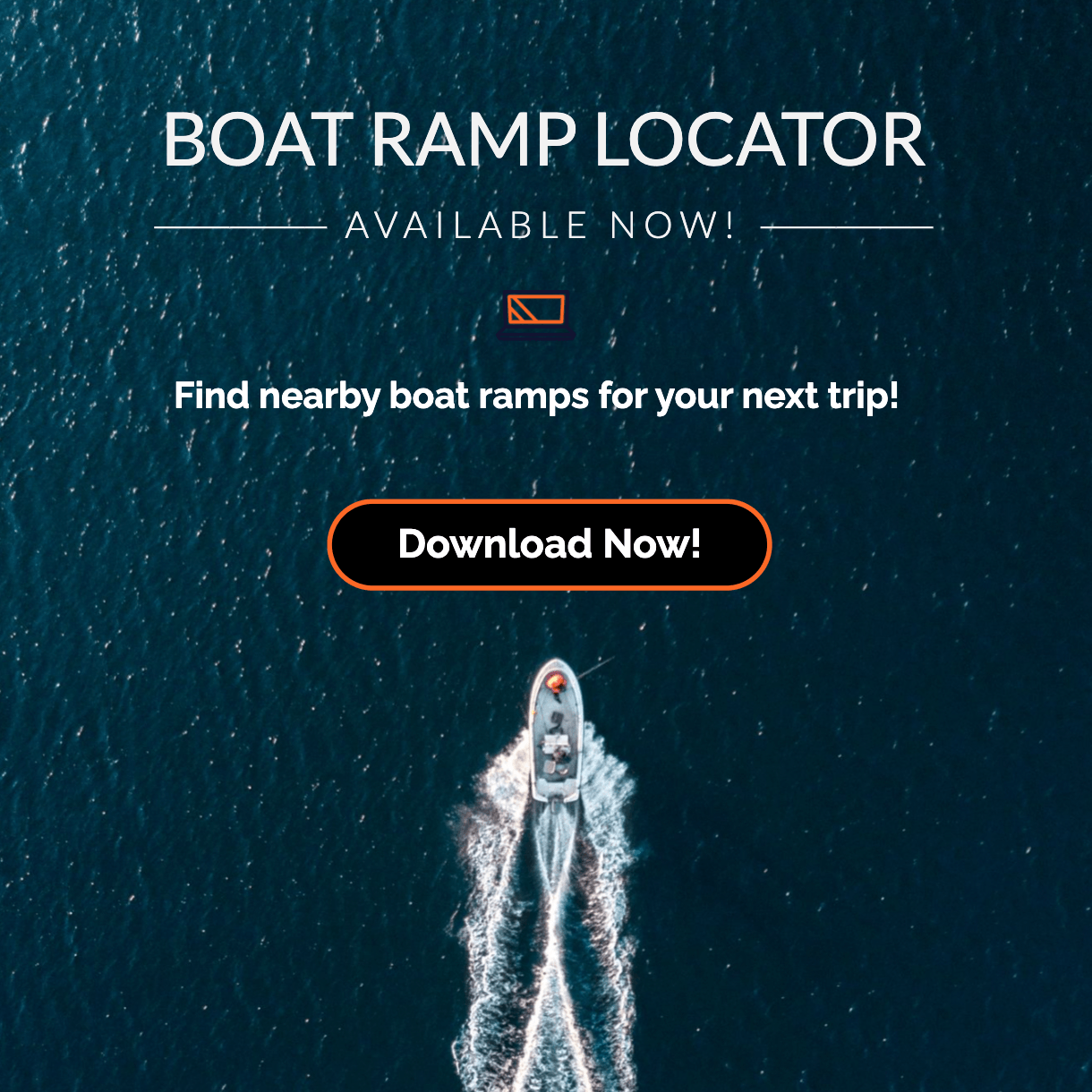
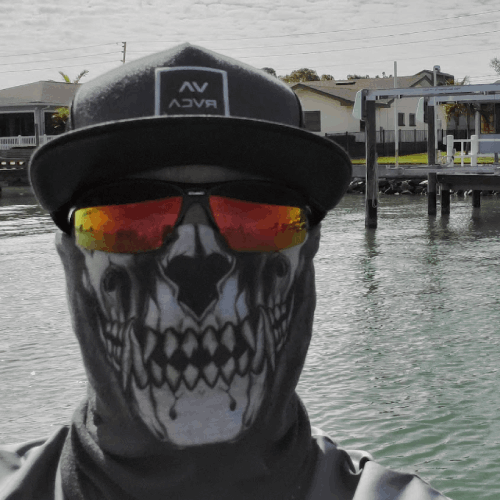
By Craig Wheeler
Wed Jun 11 2025
Tips for Avoiding Long Wait Times at Busy Public Boat Ramps
Tips for Avoiding Long Wait Times at Busy Public Boat Ramps
When searching for a public boat ramp, you’re likely hoping for a quick, hassle-free launch and a peaceful day on the water. Unfortunately, peak seasons and crowded ramps can turn that simple outing into a stressful ordeal. The good news? With a bit of planning and awareness, you can drastically cut down your wait time, avoid frustration, and make the most of your time on the water.
This comprehensive guide offers practical, field-tested tips for avoiding delays at busy boat ramps. Whether you’re a first-time boater or a seasoned captain, the insights below will help you launch and load efficiently—without the long lines.
Why Public Boat Ramps Get So Busy
Public boat ramps are a vital access point to lakes, rivers, and coastal waterways. However, as recreational boating continues to grow, so does congestion at these ramps. A few key factors contribute to the bottleneck:
Seasonal and Weekend Surges
Warm-weather weekends—especially between Memorial Day and Labor Day—see an exponential spike in ramp usage. Holidays like the Fourth of July can lead to wait times of over an hour at popular ramps.
Limited Infrastructure
Many public ramps were built decades ago and were not designed to handle today’s volume. In many regions, the number of boaters has doubled while infrastructure has remained static.
Geographic Hotspots
Urban and tourist-heavy areas often have limited water access points. This creates traffic jams not just at the ramp but also in parking lots and adjacent roads.
Understanding these patterns is the first step to avoiding them.
Finding the Right Public Boat Ramp
The phrase “public boat ramp near me” might bring up dozens of options, but not all ramps are equal. Choosing the right ramp can significantly impact your wait time and experience.
Use Boating-Specific Apps and Tools
Instead of relying solely on general search engines or maps, consider these specialized tools:
- BoatUS App – Offers ramp locations, fuel docks, and service info
- Navionics – Great for mapping, tides, and ramp overlays
- RampFinder – Focuses on ramp reviews and congestion status
- Boat Ramp Locator – A dedicated app that helps you find public boat ramps
Using an app like Boat Ramp Locator can save you time and help you avoid crowded or poorly maintained ramps—especially during peak fishing hours.
Local Waterway Directories
State park services, Department of Natural Resources (DNR) websites, and local municipality pages often maintain updated ramp lists. These sources sometimes include:
- Number of launch lanes
- Trailer parking capacity
- Operating hours and fees
Ask Around
Local bait shops, marinas, and even fishing forums are gold mines for discovering underused or better-maintained ramps nearby. Locals often know the ramps that are hidden in plain sight.
By doing a bit of research ahead of time, you can find ramps that are not only closer than you thought, but also far less crowded.
Off-Peak Launching Strategies
Timing is everything when it comes to avoiding the boat ramp bottleneck. Launching during off-peak hours can be the difference between waiting 5 minutes and an hour.
Early Birds Get the Water
Most boaters tend to hit the ramp between 9:00 AM and 11:00 AM. By arriving before sunrise or as early as 6:00 AM, you’ll often find open parking spots, zero wait time, and calmer waters.
Launch in the Late Afternoon
If you’re planning a short trip or evening cruise, consider launching after 4:00 PM. Most boaters are already pulling out, and ramps tend to clear by then.
Midweek Advantage
Tuesdays through Thursdays are usually the lightest days for ramp traffic. If you have a flexible schedule, shifting your boating trips to weekdays can drastically improve your experience.
Avoid launching during:
- Public holidays
- Local fishing tournaments
- Community boating events or regattas
Use community calendars and ramp-specific notices to stay ahead of high-traffic days.
Ramp Readiness – Prepare Your Boat in Advance
One of the top causes of long wait times at public ramps is poor preparation. The ramp lane is not the place to start loading your gear or checking your battery.
What Does “Ramp Ready” Mean?
Before reaching the actual ramp, move to the staging area and complete these steps:
- Remove all tie-downs and transom straps
- Install the drain plug
- Load all coolers, tackle boxes, and passengers
- Attach dock lines to bow and stern
- Start the bilge blower if you have an inboard engine
- Double-check your registration and safety gear
The Staging Area Is Your Friend
Many ramps have designated prep lanes for a reason. Taking 10–15 minutes here will save you and others from stress at the waterline.
Mistakes That Cause Delays
- Forgetting the plug (flooding risk)
- Leaving gear in the truck bed
- Starting the engine while on the trailer
- Searching for PFDs or paperwork last-minute
Get into a consistent pre-launch routine to avoid these mishaps and move efficiently when your turn comes.
Tips for Solo Boaters
Launching alone adds a layer of complexity, but with practice and the right equipment, solo boaters can be just as fast and safe as a crew.
Solo Launching Hacks
- Use long dock lines on both the bow and stern to control the boat from the ramp
- Keep your vehicle in neutral and use a wheel chock if needed
- Install a boat launch guide or self-aligning rollers on your trailer
- Park close to the dock so you can board and secure the boat quickly
Safety First
Always wear a personal flotation device (PFD), especially when moving between boat and dock. Let someone know your trip plan and estimated return time.
Practice Makes Confident
If you’re new to solo boating, consider practicing at a quiet ramp on a weekday. Repetition builds muscle memory and reduces stress in high-pressure situations.
Partner Launch Efficiency
If you’re boating with a friend or family member, teamwork can drastically reduce launch time. A coordinated crew can launch and park the vehicle in under five minutes.
Assign Clear Roles
Before you get to the ramp, designate tasks:
- One person drives and maneuvers the trailer
- The other guides the boat, manages lines, and handles final checks
Knowing who does what eliminates confusion and wasted time at the launch point.
Use Hand Signals or Two-Way Radios
If you can’t hear each other over the engine or wind, use basic hand signals or inexpensive waterproof radios. Good communication is critical during reversing and launching.
Rehearse the Routine
Practice your system in a quiet lot or a less busy ramp. The more smoothly your team operates, the faster you’ll be out of the way and on the water.
Trailer Proficiency – Practice Makes Perfect
Struggling with trailer backing can stall ramp traffic, frustrate nearby boaters, and stress you out. Mastering your trailer is essential for efficient launching and loading.
Understand Pivot Points
Your trailer turns in the opposite direction from your steering wheel. Small adjustments are key — oversteering leads to jackknifing.
Rely on Your Mirrors
Avoid turning around in the driver’s seat. Use your side mirrors to monitor the trailer’s position and alignment with the ramp. Consider adding wide-angle mirror attachments if visibility is poor.
Practice in Empty Parking Lots
Use cones or chalk to create a simulated ramp lane. Practicing:
- Backing in a straight line
- Turning into a tight launch angle
- Recovering from overcorrection
Consistent practice will build confidence and save time when real ramp pressure sets in.
Etiquette at the Ramp
Boat ramps operate on a first-come, first-served basis, but not everyone knows or follows the unspoken rules. Good ramp etiquette not only speeds things up but also fosters a respectful community.
Be Quick, Not Rushed
Once you enter the ramp lane:
- Execute your launch efficiently
- Avoid unnecessary delays like last-minute packing or socializing
- Move your vehicle out of the way immediately after launch
Respect the Queue
Cutting in line, hovering near the ramp while waiting, or blocking others can escalate tensions. Follow a clear entry and exit path and keep your place.
Courtesy Dock Behavior
Courtesy docks are not hangout spots. They are intended for:
- Brief loading or unloading of passengers
- Temporary mooring while parking your vehicle
Tie off your boat quickly and vacate the dock as soon as possible.
Offer Help, When Appropriate
If someone is clearly struggling — especially a beginner or a solo boater — a quick assist can keep the line moving and improve everyone’s experience.
Local Intel: Using Ramp Cameras and Boating Communities
Real-time information can help you avoid the worst ramp congestion. Today’s boaters have access to live ramp conditions, wait times, and user feedback through community tools.
Check for Live Ramp Cameras
Many popular public boat ramps are now equipped with live webcams managed by:
- Local counties
- Department of Natural Resources (DNR)
- Parks and recreation departments
These cameras allow you to visually confirm how busy the ramp is before you leave home. Just search “live cam + [boat ramp name]” or visit your local DNR site.
Join Local Boating Forums and Facebook Groups
Online communities often share:
- Wait time estimates
- Ramp closures and maintenance alerts
- Tips about parking availability
Popular platforms include:
- Facebook Groups like “Florida Boaters Network” or “PNW Anglers”
- Reddit’s r/boating or r/fishing
Subscribing to local groups is one of the best ways to stay informed about the best boat ramps.
Weather, Wind, and Tide – Planning Ahead
Ignoring the forecast can not only delay your launch but create dangerous conditions. Smart boaters always check weather, wind, and tides before heading out.
Tides and Launch Angle
In tidal regions, low tide can make ramps slippery, shallow, or even unusable. This affects:
- The steepness of the ramp
- Your ability to float the boat off the trailer
- Safety during recovery
Check tide tables using apps like Tide Alert, Navionics, or FishWeather.
Wind Direction and Speed
High winds can push boats sideways during launch and retrieval, especially in narrow lanes. Wind over 15 knots can significantly increase difficulty for solo or inexperienced boaters.
Use apps like:
- Windy
- NOAA Marine Forecast
- MyRadar
Storm Risk and Alerts
Thunderstorms or sudden weather changes can shut down ramps entirely. Always check for:
- Marine warnings
- Small craft advisories
- Lightning activity near water bodies
Know Your Boat Ramp Design
Not all public ramps follow the same layout or offer the same conveniences. Understanding a ramp’s physical design will help you decide whether it suits your needs.
Drive-Through vs. Back-In Ramps
Drive-through ramps allow for easier traffic flow and are ideal for high-volume areas. They prevent backups by eliminating tight turnarounds.
Back-in ramps, more common in rural areas, require precision and often offer limited maneuvering space. These may not be ideal for first-timers with large trailers.
Single vs. Multi-Lane Ramps
A ramp with 3+ lanes typically handles more volume efficiently. Single-lane ramps can cause long delays if one boater takes longer than expected. Always look for signage or painted lines that indicate separate lanes.
Other Ramp Features to Consider
- Dock condition – Splintered wood or missing cleats can be hazardous
- Ramp angle and length – Shallow ramps can lead to trailer submersion
- Lighting – Early or late launching? Look for well-lit ramps to enhance visibility
Use satellite view and user-uploaded photos in Google Maps to preview ramp conditions before choosing your ideal boat ramp.
Alternative Access Points and Launch Areas
When traditional boat ramps are overcrowded, alternative launch sites can save the day—especially for smaller watercraft like kayaks, canoes, and jet skis.
Kayak- and Canoe-Only Launches
Many public parks, wildlife preserves, and shoreline trails feature non-motorized access points that are not visible on major apps. These often include:
- Gravel or dirt entry paths
- Floating docks
- Hand-carry-only zones
Search terms like “non-motorized launch near me” or “canoe access point [your city]” to find them.
Private Marinas With Public Access
Some privately operated marinas allow public use of their ramps for a small fee—typically cleaner, safer, and less crowded. These ramps may offer:
- Freshwater hoses
- On-site attendants
- Security cameras
Shared-Use Waterfronts
Certain community centers, apartment complexes, or resorts have ramps open to the public on weekdays. Always call ahead to verify access rules, hours, and any limitations.
By expanding your options beyond just “public boat ramps”, you give yourself backup solutions for busy days.
Emergency Backups and What to Do When Ramps Are Full
No matter how much planning you do, you may arrive at a ramp only to find it at max capacity. Having a backup plan ensures your day isn’t ruined.
Scout Secondary Ramps in Advance
Keep a list of 2–3 alternate ramps within 15–30 minutes’ drive. Save them in Google Maps, or print out directions in case of poor cell service.
Look for:
- Smaller neighborhood ramps
- County-maintained secondary launches
- Park access points along river systems
Call Ahead or Check Digital Boards
Some counties provide real-time updates on ramp occupancy or closures on their websites or apps. If available, call a local marina or DNR office to confirm conditions.
Consider Changing Locations Entirely
If local lakes are full, consider heading to:
- Nearby rivers with accessible banks
- Remote
Sustainable Boating Habits for Less Congestion
While much of this guide focuses on reducing your wait time, it’s worth noting that smarter, more sustainable boating can benefit everyone. By minimizing impact and congestion, we collectively make public ramps more efficient and accessible.
Shorter, More Strategic Trips
Instead of all-day outings, consider:
- Early morning fishing runs
- Late-afternoon leisure cruises
- Launching from smaller ramps for quicker water access
Rotating your time on the water reduces peak demand and frees up space for others.
Use Remote Cleaning Stations
Don’t clean your boat on the ramp. Use designated invasive species wash stations or boat cleaning areas. Many lakes require decontamination for zebra mussels, milfoil, or other aquatic pests.
Promote Shared Use
Encourage carpooling and multi-family trips when launching multiple boats. Less trailer traffic and fewer vehicles means more space and smoother operations for everyone.
Final Tips for a Smooth Boating Day
With your strategy in place, all that’s left is execution. Here’s a quick recap of essentials to ensure your boat day starts (and ends) without hiccups.
Launch Checklist
- ✅ Check tides, weather, and ramp traffic
- ✅ Pre-load your boat at the staging area
- ✅ Have a backup ramp or location in mind
- ✅ Communicate with your launch partner or crew
- ✅ Be mindful of others and clear the ramp quickly
What to Pack for a Stress-Free Launch
- Water-resistant phone case
- Dock lines (10–15 feet each)
- Gloves for loading/unloading
- Headlamp or flashlight (for early/late use)
- Boat registration and ID
Preparation is your best friend. A well-organized launch reduces not only your wait time, but the collective stress at busy public access points.
Conclusion
Whether you’re an occasional boater or a seasoned angler, finding the right boat ramp is about more than just proximity, it’s about preparation, timing, and smart decision-making. By applying the strategies outlined in this guide, you’ll avoid the chaos of peak-hour congestion, reduce your environmental impact, and set an example for efficient, courteous boating.
Public boat ramps are shared spaces. How we use them determines whether they’re stressful or seamless. So the next time you plan a day on the water, remember: the ramp is where your journey starts — make it a smooth one.
Frequently Asked Questions (FAQs)
1. How early should I arrive at a public boat ramp to avoid crowds?
Arriving before 7:00 AM on weekends or holidays is ideal. For the least wait, weekdays before 9:00 AM are best.
2. Can I launch a kayak or canoe from any public boat ramp?
Most ramps allow non-motorized watercraft, but some may have specific lanes or designated areas. Check signage or contact local authorities.
3. Are there mobile apps that show real-time ramp wait times?
Yes. Apps like GoRampIt, BoatUS, and some local marina apps provide real-time updates, wait times, and even camera views at select ramps.
4. What should I do if the ramp is closed or full when I arrive?
Always have a list of backup ramps saved. Use Google Maps or marine apps to navigate to the next closest launch site with lower traffic.
5. Is it okay to use the courtesy dock for fishing or extended parking?
No. Courtesy docks are for active launching or retrieving only. Lingering delays other users and violates common ramp etiquette.
Looking for boat ramps near you? Use our free app to find launch locations with facility info and directions. Save your favorite boat ramps for quick access anytime. Download Boat Ramp Locator on Google Play.
Related Articles
-
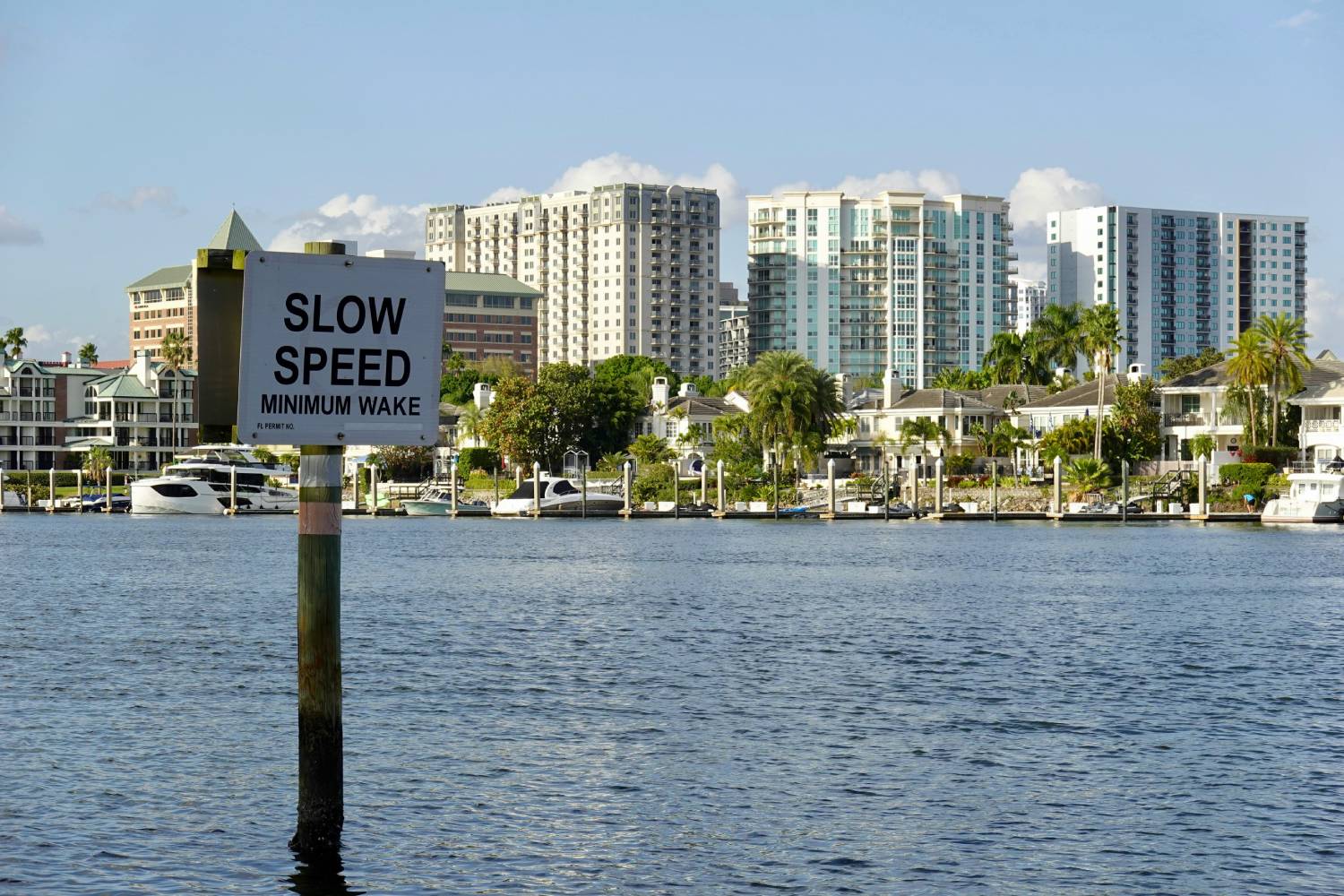 Sat Jul 19 2025
Sat Jul 19 2025Guide to Boat Ramps in Tampa Bay
Tampa Bay has no shortage of accessible boat ramps, and many of them are open around the clock.
-
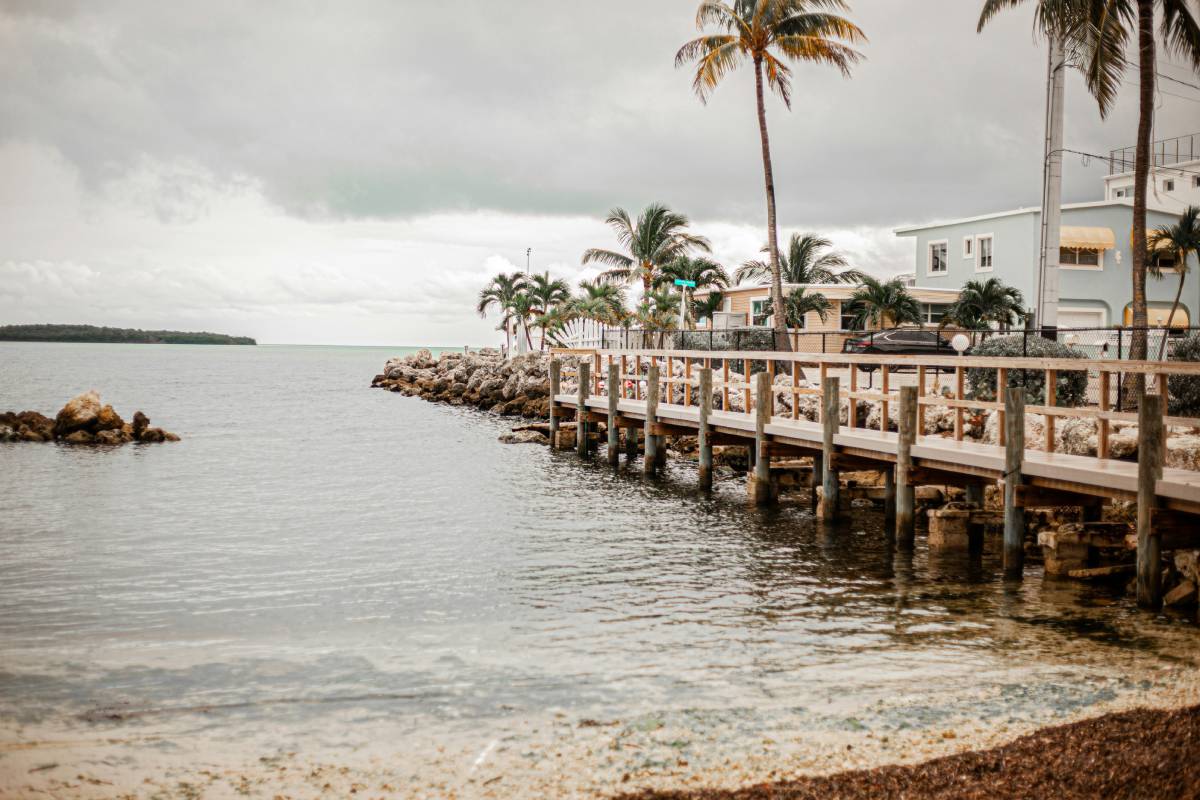 Sat Jul 12 2025
Sat Jul 12 2025Top 10 Hotels With Boat Docks in the Florida Keys
Finding a hotel that also offers boat docking can turn a good trip into an unforgettable seafaring a
-
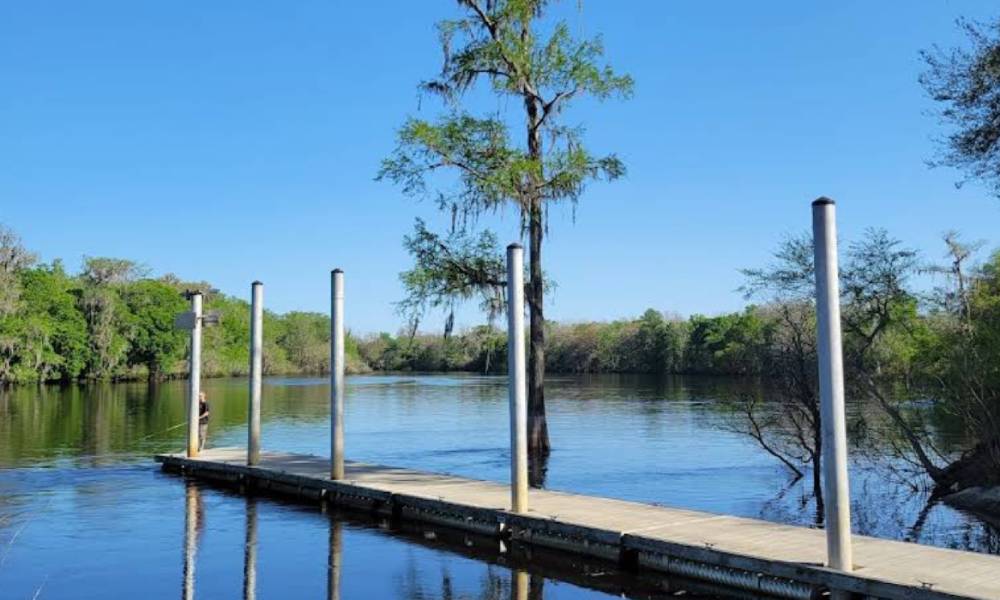 Wed Jul 09 2025
Wed Jul 09 2025How to choose the best boat ramp on the Suwannee River for your boat size.
The Suwannee River is a legendary waterway in North Florida, winding through cypress forests, limest
